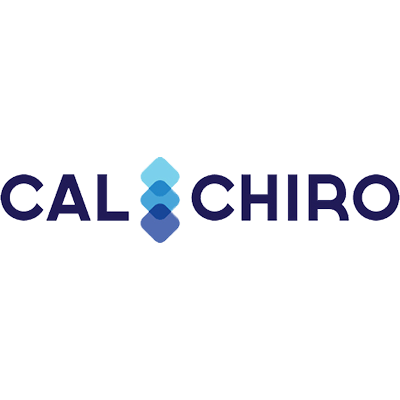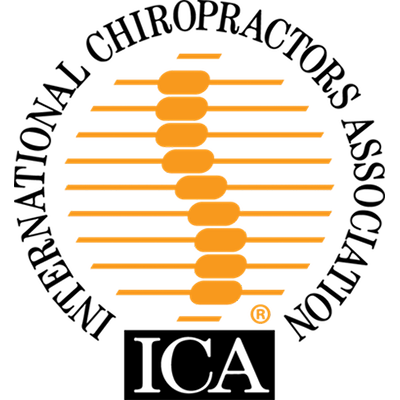Our Beverly Hills Chiropractors Can Help!
A herniated disc or pinched nerve can happen to anyone—the debilitating pain associated with these issues can be chronic or come on suddenly, triggered by a number of possible movements. Luckily, they can be treated through spinal decompression therapy in Beverly Hills by our team of wellness experts at Tannenbaum Chiropractic.
What is Spinal Decompression Therapy?
Spinal discs are cartilaginous joints that sit between your spine’s vertebrae and link each of your bony vertebra together, allowing mobility. Often likened to jelly donuts, these discs are made of tough cartilage surrounding a jelly-like substance, and act as shock absorbers and important cushioning for your spine. When these discs are injured, your spine’s functionality is affected, resulting in disruptive pain and discomfort.
Spinal decompression therapy is an alternative to surgical spinal decompression, and involves spinal traction: gently stretching of the spine using a decompression table or motorized device. As a result, spinal decompression therapy provides optimal healing, relieving back pain and treating a number of spinal disc complications.
How A Spinal Decompression Table Works
A spinal decompression table is the integral tool used in nonsurgical spinal decompression and can be used for both cervical and lumbar decompression. The treatment is administered over a 30 to 45 minute session with the patients fully clothed and comfortably strapped to the table using a harness. Two parts of the table pull apart from one another, gently stretching the spine. The poundage used to pull and stretch is dependent on the patient, and is determined using computer technology that uses sensors to denote your body’s resistance to the stretches. The spinal decompression table process allows a specific adjustment per patient’s needs to accurately and effectively relieve spinal pressure.
The administering of negative intradiscal pressure on the decompression table promotes traction and repositioning of the affected areas into their rightful place, while also creating lower pressure stimulates healing substances into the disc. This process relieves both pressure and pain from affected area while also promoting overall healing.
When Should You Consider Spinal Decompression?
There are many specific benefits gained from spinal decompression therapy and the use of a spinal decompression table when you integrate this method your targeted chiropractic care.
You should discuss the option of spinal decompression with your chiropractor if you are suffering from any of the following:
- Herniated disc: Also known as a ruptured disc or slipped disc, a herniated disc is when an outer band of cartilage that surround the cervical discs in your spine is compromised, and the gel-like inner substance contained in your intervertebral discs begins to leak.
- Bulging disc: As the body ages, spinal discs begin to dehydrate, causing the cartilage they are composed of to bulge around its circumference. Bulging discs can cause numbness or a mild tingling, however, they generally cause less pain in comparison to herniated discs, which can press directly onto spinal nerves.
- Degenerating discs: This is a condition that causes thinning of the cartilage and therefore a loss of cushioning. Degenerative discs can cause loss in spine flexibility, bone spurs, pinched nerves, pain, and overall spinal weakness. While you cannot reverse the process of degeneration, there are treatments for pain management and physical therapy to build strength.
- Pinched nerve: This is caused by compression of a spinal nerve and can extend pain or numbness to the arms, legs, or buttocks. While a herniated disc can cause a pinched nerve by irritating the nerve root, you can suffer from a pinched nerve even without a herniated disc. These common instances of pinched nerves can develop gradually or suddenly and are often a common onset of the natural aging process and functional decline of the spine.
All of the above issues can cause moderate to intense pain—and the possibility of suffering from out-of-sync spinal discs increases as our bodies age and the wear and tear on our spines needs a longer regeneration time. Spinal hygiene is important to reduce risk of disc injury— releasing pressure off the vertebrae through proper treatment and therefore allowing regenerative fluids to transfer efficiently through the spine is integral to disc nutrition and injury prevention, as well as overall pain management.
There may be some restrictions to spinal decompression therapy. It is critical you discuss potential risks with your chiropractor if:
- You are pregnant
- You have nerve damage from scarring or other injury
- Suffer from osteoporosis
- You may have or have had broken vertebrae
- You have had previous spinal fusion
- Your spine contains instrumentation such as artificial discs, screws, plates, or rods.
When it comes to treating back pain at Tannenbaum Chiropractic, we do not simply adjust your spine. Our boutique facility is designed to treat you with wellness care that wholly improves your life, facilitated with your individual pain management and full-body wellness in mind.
Call Tannenbaum Chiropractic today to discuss how our Beverly Hill spinal decompression therapy treatments can relieve pain caused by a herniated disc or pinched nerve.




